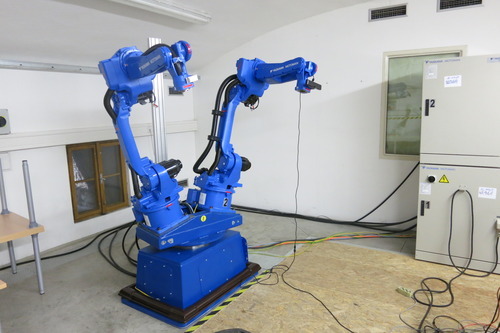ROS-Industrial Consortium Kickoff Meeting a Success!
/We had a successful and productive ROS-Industrial Consortium (RIC) kickoff meeting on March 6thand 7th with 25 people representing 14 organizations in attendance. We have posted a brief review of the meeting here. The presentations from the March 6th RIC Open House have been uploaded to our YouTube channel: ROS-I Consortium. The contents of the March 7th Member’s meeting are posted on the RIC member’s portal, for those who have joined.
You might be wondering what the next Consortium event will be. We are planning a ROS-Industrial training class that will take place at SwRI June 4th -6th. Save the date! It will provide a hands-on introduction to ROS and MoveIt!, and will culminate with hardware integration exercises with live industrial robots and peripherals. It is free for Associate/Full Consortium members (up to three free attendees per organization), and is otherwise $2250/person for non-members or academic/government members. You are welcome to join the Consortium at any time, which is a better value if multiple people attend training from the same organization. We will send out a class registration announcement in the next couple weeks.







